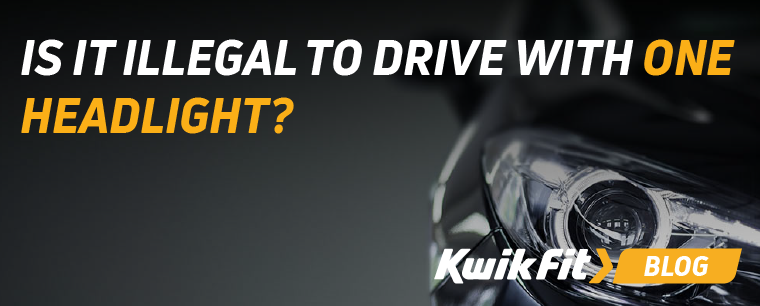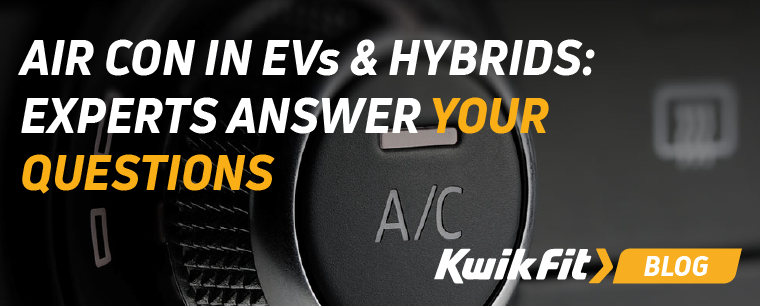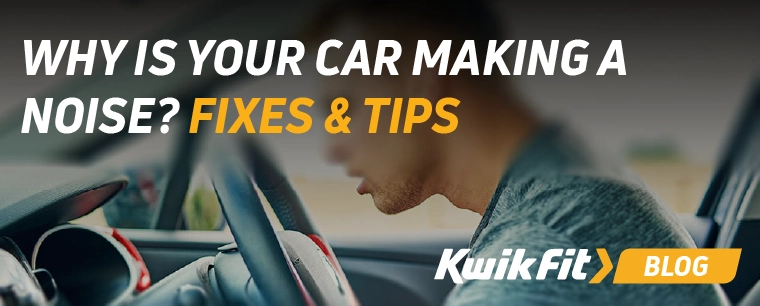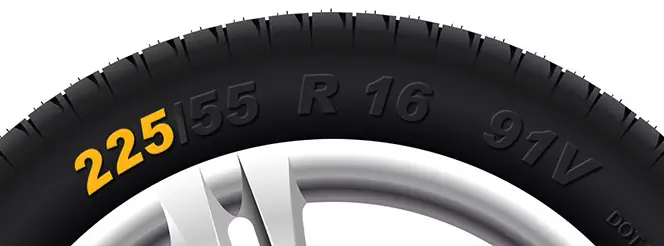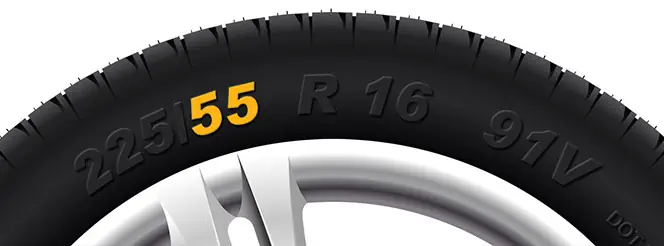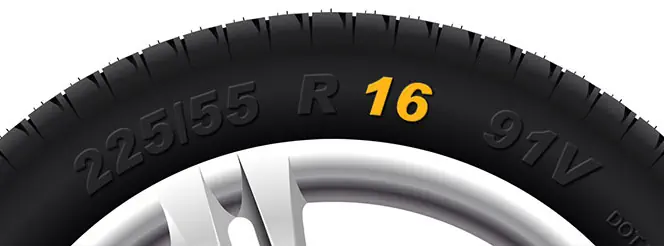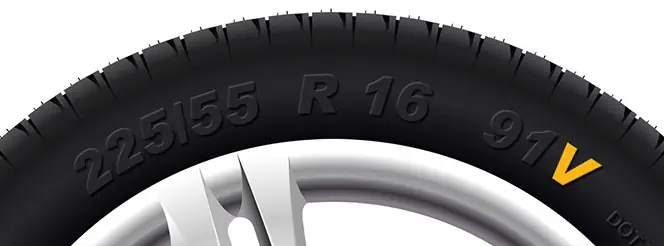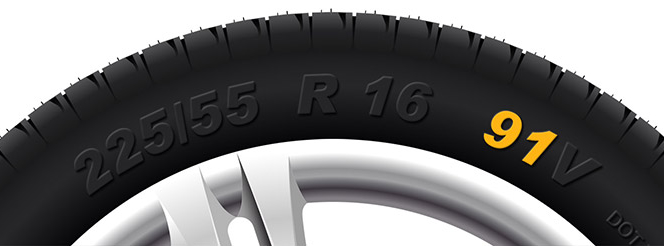What Can Cause Excessive or Uneven Tyre Wear?
Bradley Jando | Monday 21st June 2021 11:28am
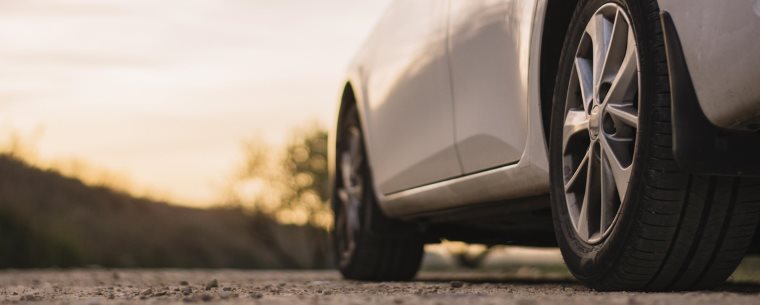
Tyres are the only point of your vehicle that is always in contact with the road, making them extremely important. You need them to be strong, hard-wearing, and good quality to ensure you can continue to go from A to B safely.
However, your tyres will begin to wear away over time. Depending on how much you drive, you should need a new set of tyres every few years or every 20,000 miles. We donít recommend driving on tyres that are older than 10 years. Even if they arenít worn down, old tyres can begin to dry out and crack, particularly when a car is sitting on a driveway or in a garage for weeks at a time without being driven. Cracked tyres can cause a blowout.
But how about tyres that begin to wear down? Wear on a tyre is normal - think about how much your tyres go through when youíre driving. But uneven or excessive wear could suggest there are other problems with your vehicle. For example, you might be experiencing issues with tyre tracking, wheel balance and alignment, or you could have a wonky suspension. Below, we outline some of the main reasons tyre wear happens, how you can identify excessive wear, and how you can prevent it.
Why are my tyres wearing on the inside and outside?
The most common reason for tyre wear on the edges is underinflation. If youíve noticed wear on the inside, check the outside of the tyre too. Underinflated tyres tend to distort the tread away from the road in the centre, which results in the edges becoming worn.
You should ensure that your tyres donít have a slow puncture as this will cause them to become slightly underinflated. If youíre finding that youíre frequently putting air in your tyres, there could be a leak. You should get the tyre looked at to make sure there isnít anything stuck in it or that there isnít a leak allowing air to escape.
Why are my tyres wearing in the middle?
Your tyres may be wearing away more in the middle because of overinflation. If your tyres have too much air in them, the tread will bulge in the centre, which could result in more wear in the centre of the tyre.
You shouldnít be tempted to overinflate your tyres in the thought that you won't have to pump them up again for a while - this can cause more damage to your tyresí tread. If you think you have a leak or slow puncture, take your car to a garage. Donít try to fix the problem by frequently overfilling your tyres.
Alternatively, your wheel tracking or alignment may be slightly out.
How to check your tyres for wear
The quickest and easiest method to check your tyre tread is the 20p test. Take a 20p coin and place it inside one of the main grooves of your tyre. It might be easier to turn the engine on and turn the steering wheel. If youíre checking the right tyre, turn the wheel to the left. If youíre checking the left tyre, turn the wheel to the right.
Each 20p coin has a border around it. Once youíve placed the coin inside a groove, make sure that you canít see the full border of the coin. This means that the tread is deep enough, which is good. If the border on the coin is visible, then it means that your tyres are quite worn and may be below the legal limit.
When youíre doing this test, donít just test one place on the tyre. As weíve outlined above, your tyres could wear unevenly depending on inflation or wheel alignment. Check at least three different places on each tyre. If your tyres are worn down in any of the places that you check, you should take it to a garage to be looked at by a mechanic.
Do cheap tyres wear quicker?
Cheaper tyres may be better for people who do fewer miles or who drive at slower speeds. For example, you may drive more in the city than you do on motorways or dual carriageways. However, they do wear down faster than premium tyres.
How to prevent tyre wear
Itís impossible to completely stop your tyres from wearing; however, there may be some steps you can take to prevent unnecessary wear.
You should try to avoid potholes where possible. This is because they can knock a tyre out of alignment. However, you should only avoid potholes when it is safe to do so. You shouldnít swerve out into the road as there may be something coming the other way. If you can, try to drive safely around them.
You should avoid bumping into kerbs at awkward angles, as this can also knock the tyre out of alignment.
Need your tyres checked?
If youíre concerned about the condition of your tyres, get in touch with your local Kwik Fit for a free tyre inspection.
Any facts, figures and prices shown in our blog articles are correct at time of publication.
Featured Articles
Is it Illegal to Drive With One Headlight?
Saturday 19th July 2025
Wondering if itís illegal to drive with one headlight? Learn about the safety risks and penalties of illegal blown bulbs and why you should fix them promptly.
Air Con in EVs & Hybrids: Experts Answer Your Questions
Monday 30th June 2025
Does air con drain EV batteries? Can you use the air con while charging an electric car? Find out the answers to these questions & more from Kwik Fitís experts.
Why Is Your Car Making a Noise? Fixes & Tips
Friday 13th June 2025
When your car starts making unexpected noises, it can certainly be quite disconcerting; it may be nothing to worry about, but hereís what you need to know.


